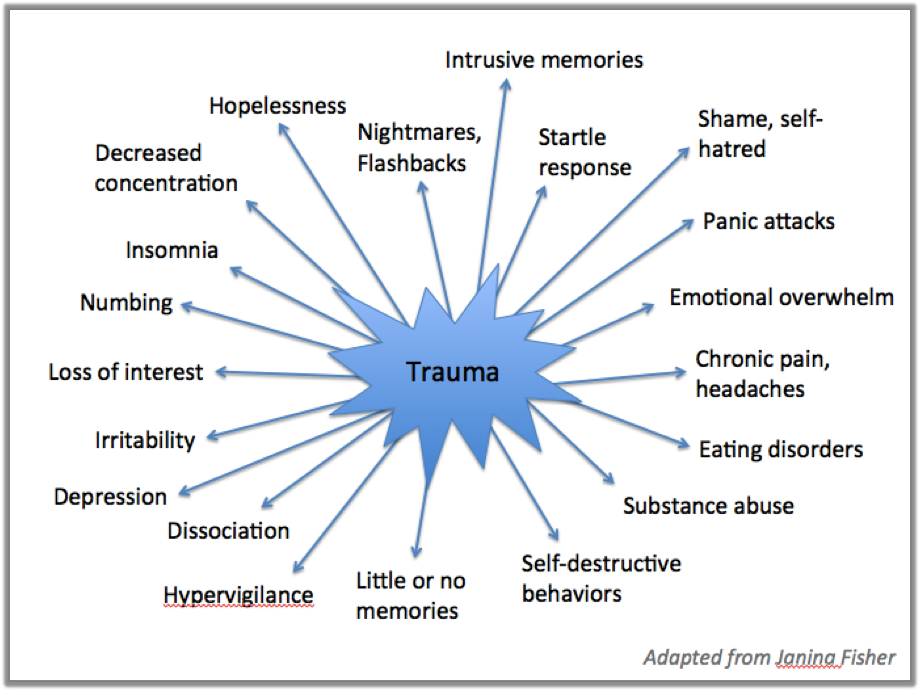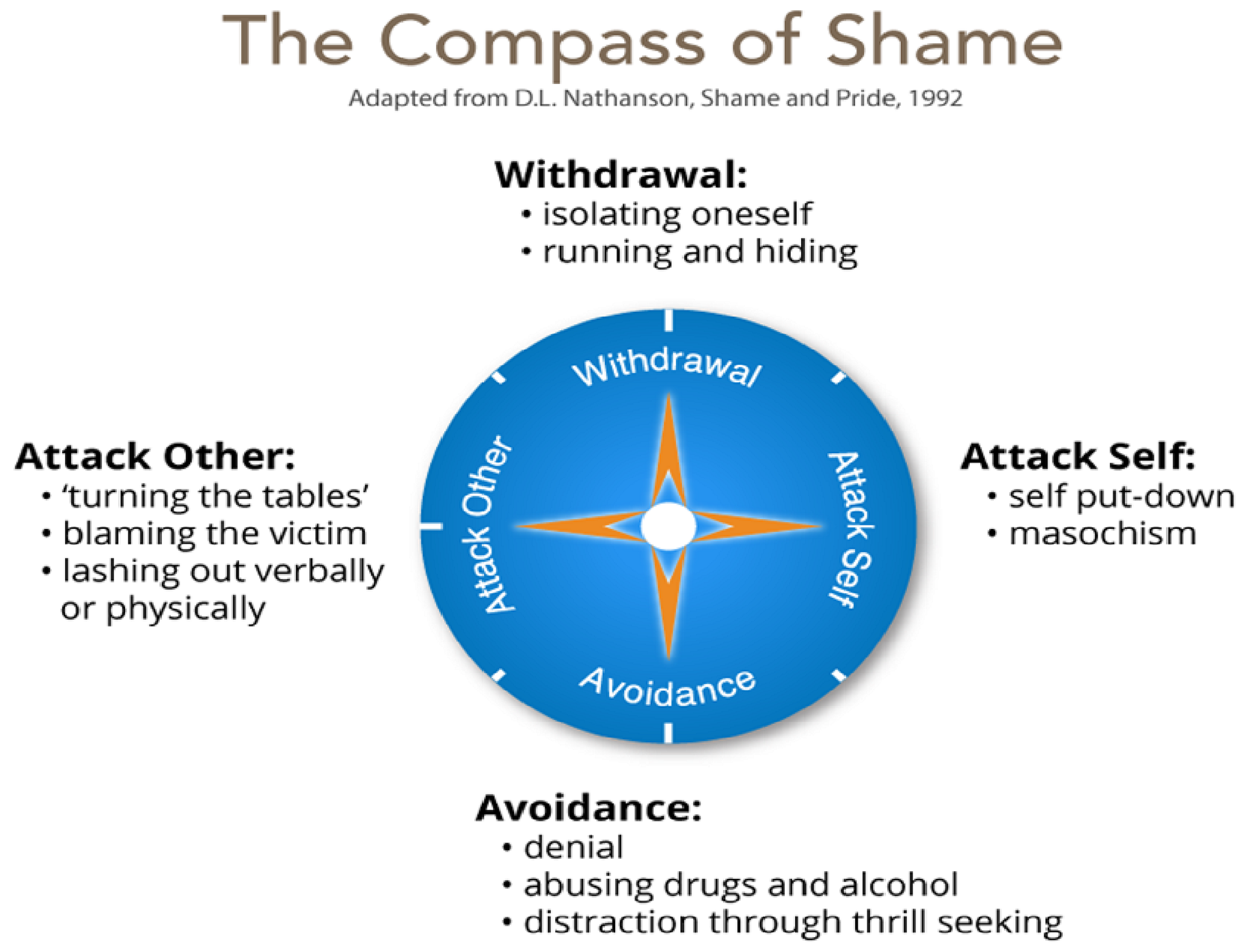IF YOU WANT TO DO MORE WITH WILLIAM AND JULIET then join us for the groundbreaking programme A Matter of Life and Death.
THE EARLY BOOKING DISCOUNT IS EXTENDED TO PEOPLE WHO ATTENDED THE ONLINE EVENTS TALK – UNTIL 24TH MAY. Email juliet@therapyandcounselling.co.uk for payment details.
A Matter of Life and Death: The Quest for Maturity, Soul & Resilience in Uncertain Times – 2022
DATES OF SHAME SERIES 2 TALKS WITH ONLINE EVENTS
We will be starting series 2 which will cover largely new topics such as shame sex and the body, insidioous shame, the children of shame, breaking the cycle etc. These will start on October 4th 2021
JOIN THE WILLIAM AND JULIET FORUM at Online Events bit.ly/JGWAForum
JOIN OUR MAILING LIST TO HEAR ABOUT EVENTS AND NEWS HERE
TO PURCHASE THE RECORDINGS OF EXPLORING SHAME SERIES 1 AND OTHER RECORDINGS BY JULIET AND WILLIAM CLICK HERE https://jandw.thinkific.com/ Purchase the recording of the complete first series of the EXPLORING SHAME SERIES 1 at a discounted rate of £10 (usual price £15) each, or the whole series for £50 (usual price £70). NB prices will go up from the end of the month.
POEMS
William wrote a poem for each of the talks. To access these poems click here
Treating Shame: Tools and Techniques
TREATING SHAME: THE FIVE ASPECTS MODEL: Ayot and Grayson
This is a model devised by William Ayot and Juliet Grayson, which builds on the work of Rubin and Lyon
Shame_Treating Shame the 5 Aspects Model J&W
To download the model click here
VISUALISATION USING IDEAL PARENTS FROM JULIET GRAYSON
Juliet did a talk for online events Pesso Boyden System of Psychotherapy Techniques Part 1. One of the ‘lessons’ on this this recording is a visualisation of Ideal Parents (15 mins). Juliet is setting this up as a free preview lesson, so that you don’t need to purchase the whole video to access it. This link will take you to it. https://jandw.thinkific.com/enroll/1154649?et=free_trial
Any problems with that, then go to https://jandw.thinkific.com
and the specific talk is this one https://jandw.thinkific.com/courses/PBSP-Techniques-1 – and it is lesson 7 that you need.
STUDY ON THE ATTACHMENT STYLES OF 10,000 PEOPLE IN 2009
- Only 58% are securely attached. Thus Juliet and William would posit that 42% are likely to have some degree of shame.
- North American non-clinical mothers (23% dismissing, 58% secure, 19% preoccupied attachment representations, and 18% additionally coded for unresolved loss or other trauma).
- They did not find gender differences in the use of dismissing versus preoccupied attachment strategies, as fathers showed distributions similar to the norm group.
- Furthermore, the AAI Adult Attachment Inventory distributions are independent of language, with respondents using languages such as Japanese, Hebrew, Dutch, Italian, French, and Swedish.
- Also, cultures did not show large differences, as the Japanese and Israeli samples were rather similar to the norm group, and the European set of samples only displaying somewhat more dismissing attachment representations, but similar rates of secure attachments.
- Reference: The first 10,000 Adult Attachment Interviews: distributions of adult attachment representations in clinical and non-clinical groups Marian J. Bakermans-Kranenburg and Marinus H. van IJzendoorn 2009
QUOTES
“If you put shame in a Petri dish, it needs three things to grow exponentially: secrecy, silence and judgment. If you put the same amount of shame in a Petri dish and douse it with empathy, it can’t survive,” Dr. Brene Brown.
“The only way out is through.” from Robert Frost’s poem Servant to Servant
“Poetry is the spontaneous overflow of powerful feelings: it takes its origin from emotion recollected in tranquility.” William Wordsworth.
THREE ELEMENTS OF SELF COMPASSION by Kristin Neff
https://self-compassion.org/the-three-elements-of-self-compassion-2/
WRITING EXERCISE:
Johnson and O’Brien (2013) took a group of students who were prone to shame and asked them to remember an experience of shame. Then they were assigned to one of three groups: write about the experience self-compassionately, write about their feelings about the event, or do neither. They did this three times over the span of a week. The participants in the self-compassion group reported feeling less shame and negative emotion immediately after writing. Two weeks after completing the experiment, people in the self-compassion group showed less shame-proneness and depressive symptoms, while those in the other groups did not.
SHAME AND BETRAYAL
I used to advertise my loyalty and I don’t believe there is a single person I loved that I didn’t eventually betray. Albert Camus
Stab the body and it heals, but injure the heart and the wound lasts a lifetime. Mineko Iwasaki
Shame is the most powerful, master emotion. It’s the fear that we’re not good enough. Brené Brown
I’m not crying because of you; you’re not worth it. I’m crying because my delusion of who you were was shattered by the truth of who you are. Steve Maraboli
It is more shameful to distrust our friends, than to be deceived by them. Confucius
Just as trust had within it the seed of betrayal, so betrayal has within it the seed of forgiveness.
James Hillman
Betrayal: from the collection Loose Ends
The unfolding through the various stages from trust through betrayal to forgiveness presents a movement of consciousness. The first condition of primal trust is largely unconscious… It is followed by betrayal, where the word is broken by life. For all its negativity, betrayal is yet an advance over primal trust because it leads to the ‘death’ of the puer through the… experience of suffering. This may then lead, if not blocked by the negative vicissitudes of revenge, denial, cynicism, self betrayal and paranoid defenses, to… where the betrayed can in turn betray others less unconsciously, implying an integration of a man’s untrustworthy nature. The final integration of the experience may result in forgiveness by the betrayed, atonement by the betrayer, and a reconciliation – not necessarily with each other – but a reconciliation by each to the event. Each of these phases of bitterly fought and suffered experiences which may take long years..
James Hillman
Betrayal: from the collection Loose Ends
COUNTER SHAMING QUOTES (Thank you Fern)
“You are allowed to be both a masterpiece and a work in progress simultaneously.” – Sophia Bush
“I am imperfect – and I am enough.” – Brené Brown
Shame and Relationships
SHAME RULES OF A DYSFUNCTIONAL FAMILY
Control
Perfectionism
Blame – Accuse – Criticise
Denial of the five freedoms (Satir)
Don’t talk – don’t express feelings, needs or wants
Don’t make mistakes
Don’t apologise – or apologise too much
Be wary of trusting
Be poor at managing conflicts
THE FIVE FREEDOMS VIRGINIA SATIR AND GREEN
1.The freedom to see and hear what is really there at the moment, instead of what should be, has been, or will be.
2. The freedom to express what I really feel and think, and not what’s expected of me.
3. The freedom to stand by my feelings, and not pretend otherwise.
4. The freedom to ask for what I need, instead of always waiting for permission.
5. The freedom to take risks on your own responsibility, instead of always playing it safe and not taking chances.
FEEDBACK (Terry Real’s model)
The four step feedback wheel
1. What I saw & heard
2. What I made up about it …. the story I told myself.
3. How I feel about it
4. What I’d like
Shame Trauma and Abuse
DEFINITIONS OF TOXIC SHAME
Shame is an inner feeling of total degradation and inadequacy as a person. It is the self that condemns the self. A moment of shame can mean such painful humiliation or such deep degradation that one feels robbed of one’s dignity or exposed as fundamentally inadequate, bad and rejectable. If the feeling of shame prevails, one always starts from the premise that one is fundamentally bad, inadequate, flawed, worthless or inferior as a human being.
Merle A. Fossum and Marilyn J. Mason in “Facing Shame”
Shame is the rupture of the interpersonal bridge.
Gershen Kaufman
An experience of the disintegration of the felt sense of self in relation to the dysregulating other.
Patricia DeYoung
Shame is an incredibly painful feeling or experience of believing we are flawed and therefore unworthy of love and belonging.
Brené Brown
Shame is a combination of a primary emotion and a freeze state.
Bret Lyon
The experience of shame is a fundamental sense of being defective as a person, accompanied by fear of exposure and self-protective rage. The shame-inducing process involves one significant person breaking the interpersonal bridge with another. Original shame inducement occurs prior to language development.
Gershen Kaufman
Shame is a parasympathetic break in an excited state – a fast-track physiological response that can overwhelm higher cortical function
Stephen Porges (as reported by Karen Scott in an interview with Peter Levine)
Shame itself isn’t a problem, it is getting stuck in shame [that is the problem].
Peter Levine
DEFINITION OF CHILD ABUSE
Child abuse is any action or inaction, by a parent or other major caregiver, that is less than nurturing or experienced as shaming by a child.
Pia Mellody
Anything less than nurture is abuse
Pia Mellody (we think)
TRAUMA
From Rachel Thomson’s website Model Adapted from Janina Fisher
Trauma survivors have symptoms instead of memories
– Mary R. Harvey from An ecological view of psychological trauma and recovery. Journal of Traumatic Stress, 9(1) (1990)
TO SEE NATHANSON TALK ABOUT THE COMPASS OF SHAME
Click here
ALEXITHYMIA
Peter Sifneos introduced the term alexithymia in 1972. It is derived from the Greek, and means having no words for emotions:
a=lack,
lexis=word,
thymos=emotions.
Alexithymia is not a diagnosis, but is a useful construct for characterising patients who seem not to understand the feelings they obviously experience, and for patients who seem to lack the words to describe these feelings to others.
ONLINE TEST to see if you have Alexithymia https://www.alexithymia.us/test-alexithymia
THE ENGINES OF SHAME
SOURCES OF SHAME
From the Engines of Shame Talk: The Sources of Shame Ayot and Grayson
Intentional
Silence: Lack of response from the ‘other’
Inadvertent
Inherited
Cycles
Events
Attributes
Internalised
False Self
Pass It On
Article: I had the best body I’ve ever had – so why did I feel so much shame?
Men are shamed into hating anything feminine in themselves and in the world, and if they dare question that hatred, they are forced to relive the shame
https://www.theguardian.com/us-news/2020/oct/20/leaving-my-perfect-male-body-in-the-past?CMP=Share_iOSApp_Other
